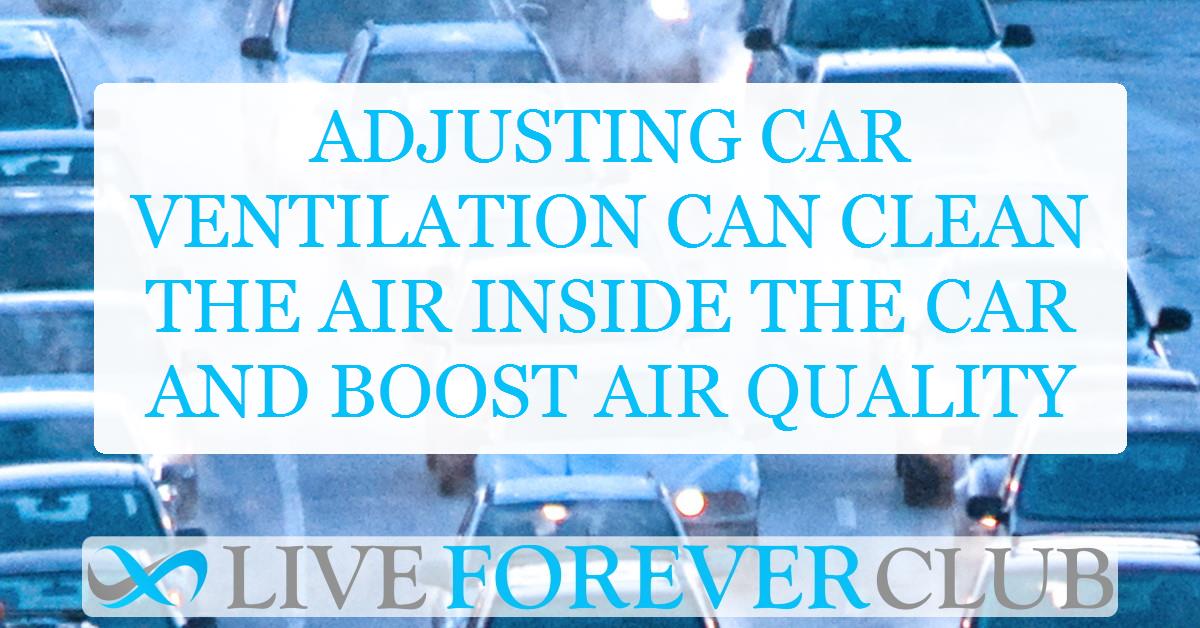Key points from article :
Researchers at UC Riverside have examined how to improve air quality inside vehicle cabins, aiming to help drivers protect their respiratory health. Cabin air filters, designed to catch larger particles like pollen, are not effective against smaller pollutants from vehicle emissions, such as carbon dioxide and nitrogen oxides, which can affect health and decision-making. To address this, Heejung Jung and his team developed a standard test method to measure cabin air quality, testing 100 vehicles to create a database for future car buyers.
Their research revealed that adjusting car ventilation settings—like fan speed and recirculation mode—can significantly impact air quality. Recirculation mode with low fan speed reduces ultrafine particles but increases carbon dioxide levels, which can be problematic with multiple passengers. Jung’s team devised a solution called fractional air recirculation, which optimizes the balance between fresh and recirculated air to minimize pollutants while controlling carbon dioxide levels.
This method could be integrated into car manufacturing, improving air filtration systems to better manage both particulate matter and gases. In the meantime, drivers can use fractional recirculation strategies themselves, adjusting settings based on traffic conditions and vehicle speed. This research, published in January 2020, provides valuable insights for better cabin air quality and has implications for other enclosed environments like airplanes and buildings.






